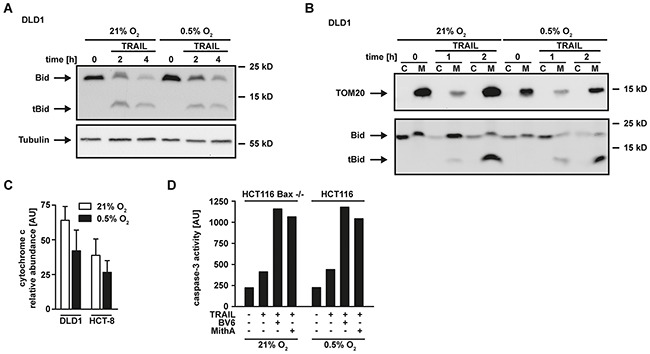Figure 6. Hypoxia does not affect Bid cleavage and translocation to the mitochondria.

A. DLD1 cells were grown under normoxic (21% O2) and hypoxic (0.5% O2) conditions for 18 h. Subsequently, cells were challenged with 100 ng/mL TRAIL for the indicated periods of time. Processing of Bid into tBid was assessed by Western blotting. Tubulin served as loading control. B. Cells were grown as in (A) and challenged with 100 ng/mL TRAIL for the indicated periods of time. Subsequently, cells were harvested, lysed and separated into a cytosolic (“C”) and mitochondrial (“M”) fraction. Processing of Bid into tBid and mitochondrial translocation was assessed by Western blotting. Detection of TOM20 served as a mitochondrial marker protein to control sufficient fractionation of the lysates. C. DLD1 and HCT-8 cells were grown under normoxic (21% O2) or hypoxic (0.5% O2) conditions for 18 h. Subsequently, cells were lysed and relative expression levels of cytochrome c were measured using an antibody-based array (see Material and Methods section). Proteins were quantified using densitometry and normalized to reference spots. Data shown are means ± SEM from two experiments. AU, arbitrary units. D. In the presence and absence of BV6 (6.25 μM) or mithramycin-A (HCT116 Bax−/−: 125 nM, HCT116: 10 nM), HCT116 Bax−/− were grown under normoxic (21% O2) conditions and HCT116 cells were grown under hypoxic conditions (0.5% O2) for 18 h. Subsequently, cells were challenged with TRAIL (128 ng/mL) for 4 h. Caspase-3 activity was measured using the fluorogenic substrate (DEVD)2-R110. One representative experiment of two performed is shown. AU, arbitrary units.
